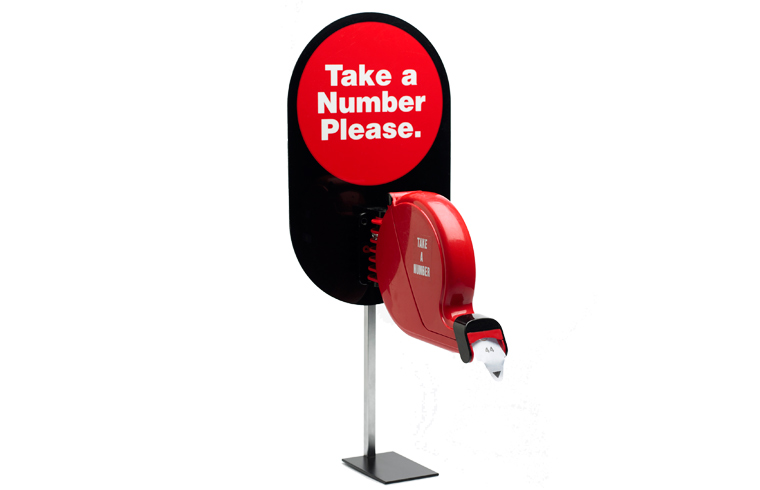Customer Service Through Social Media Is the New Normal

As social media matures as a communication platform, more people are turning first to the medium to get their customer service — or more accurately, to air their complaints about companies.
The transparency of social media means that any feedback about a company is on display for all to see. This is good when a customer gushes about how swell a company is, like this sweet tweet from a happy McDonald’s customer:
honestly when you eat @mcdonalds for breakfast it makes your whole day great
— corahn lockridge (@sheelovesCORAHN) October 8, 2012
But it’s not so good when a customer gripes about how a particular service or product doesn’t work. Take this tweet, for example, from a customer who threw in the towel with her Netflix service after she hit a wall while trying to stream movies:
@lauramanns What error message are you seeing and which device are you using?
— Netflix (@Netflixhelps) October 9, 2012
The great thing about social media’s transparency is that the company’s response is just as visible as the customer’s complaint.
Companies that tune in to social media appear responsive and caring toward the customer — which is important, because some customers follow the social media accounts of businesses to see how engaged they are before doing business with them. Problems are bound to arise in every business, but companies that ignore customer complaints delivered on social media run the risk of making those problems worse.
Social media marketer Brian Solis, one of BizTech’s 50 must-read IT bloggers, touched on the social-first shift in customer service in a post on his blog. He dubs these social-minded customers “connected consumers”:
Connected consumers think and behave differently. One key difference that I learned when writing my book, The End of Business as Usual, was as provocative as it was revealing. When faced with a problem or question concerning a product, traditional customers will first seek out resolution through traditional service means.
Connected customers, on the other hand, will either first express dissatisfaction to their friends in a social channel and/or proceed to search for or ask peers and companies for help in online communities or social networks. In other words, traditional customers will seek out information and connected customers expect resolution to find them.
Seven-percent of individuals age 16–24 will first complain in social media and 71% will search for a solution online before they relent and contact the company directly. Revolutionary? Hardly. Profound? Yes. There’s an old saying among trendcasters that reminds us to look at the behavior of younger generations if you want to plan for future engagement.
The idea that connected consumers will first share negative sentiment to a group of hundreds or thousands of people will eventually play a role in the overall perception of the business. More importantly, to engage with connected customers requires an omnipresent service team tracking activity and engaging customers when and where necessary.
If you’re looking for a real sobering fact about how consumers view customer service through social media, Brian points out that, according to research from contact center outsourcer Sitel and market researcher TNS, 17 percent of those age 16 to 34 cited faster response times on Twitter as a way for businesses to improve customer service.
Business owners should take this data as a red flag that social business isn’t just for hipsters — it’s the new normal.








